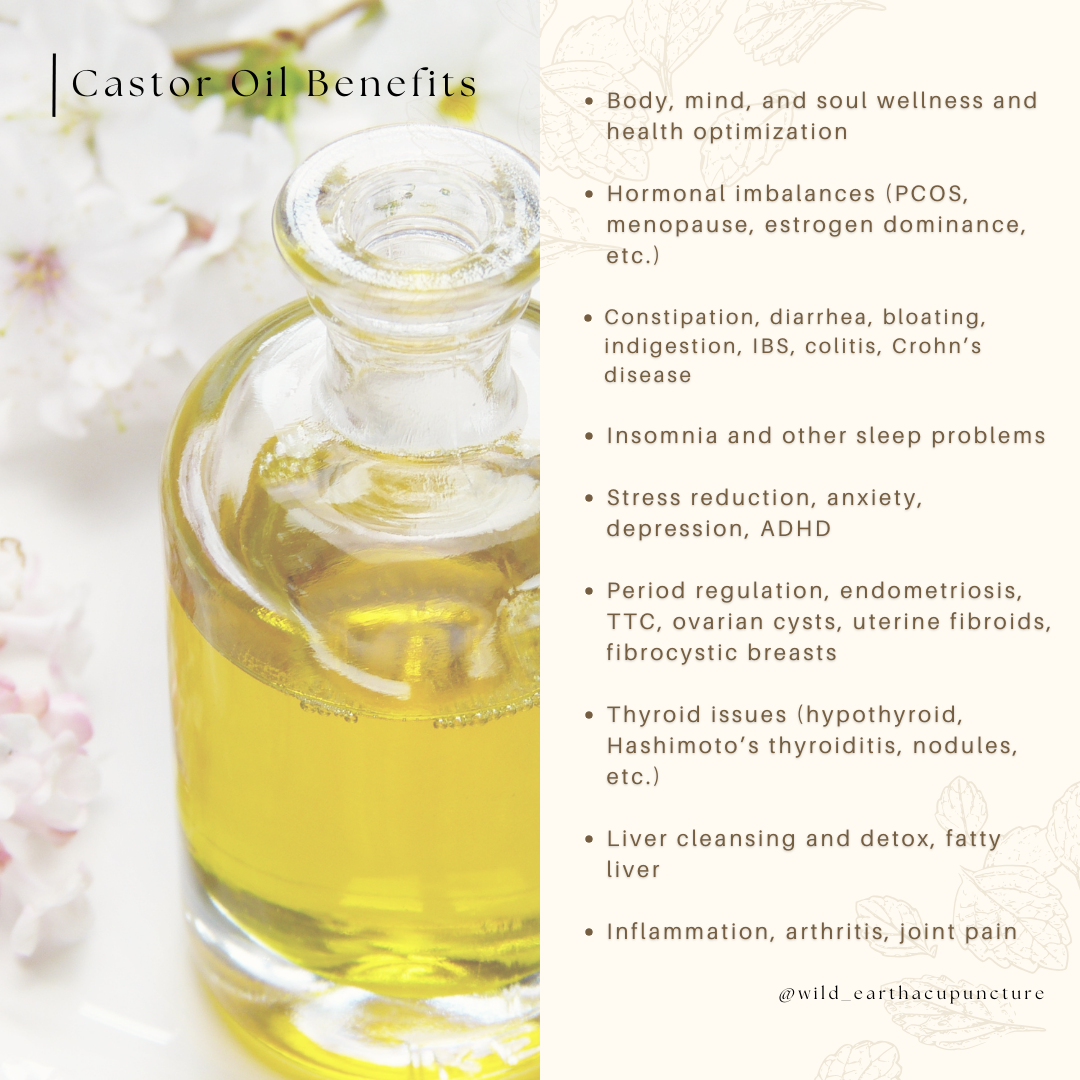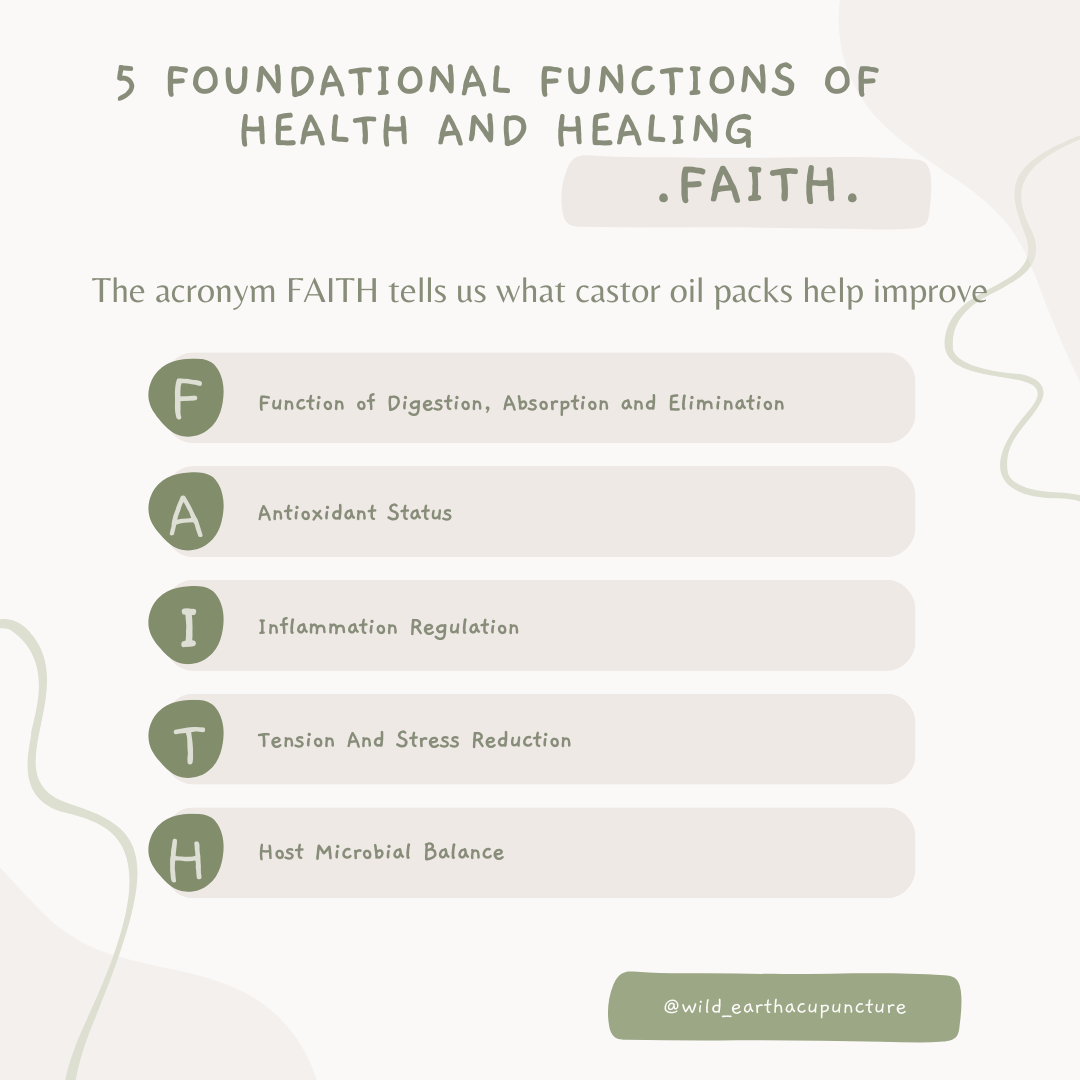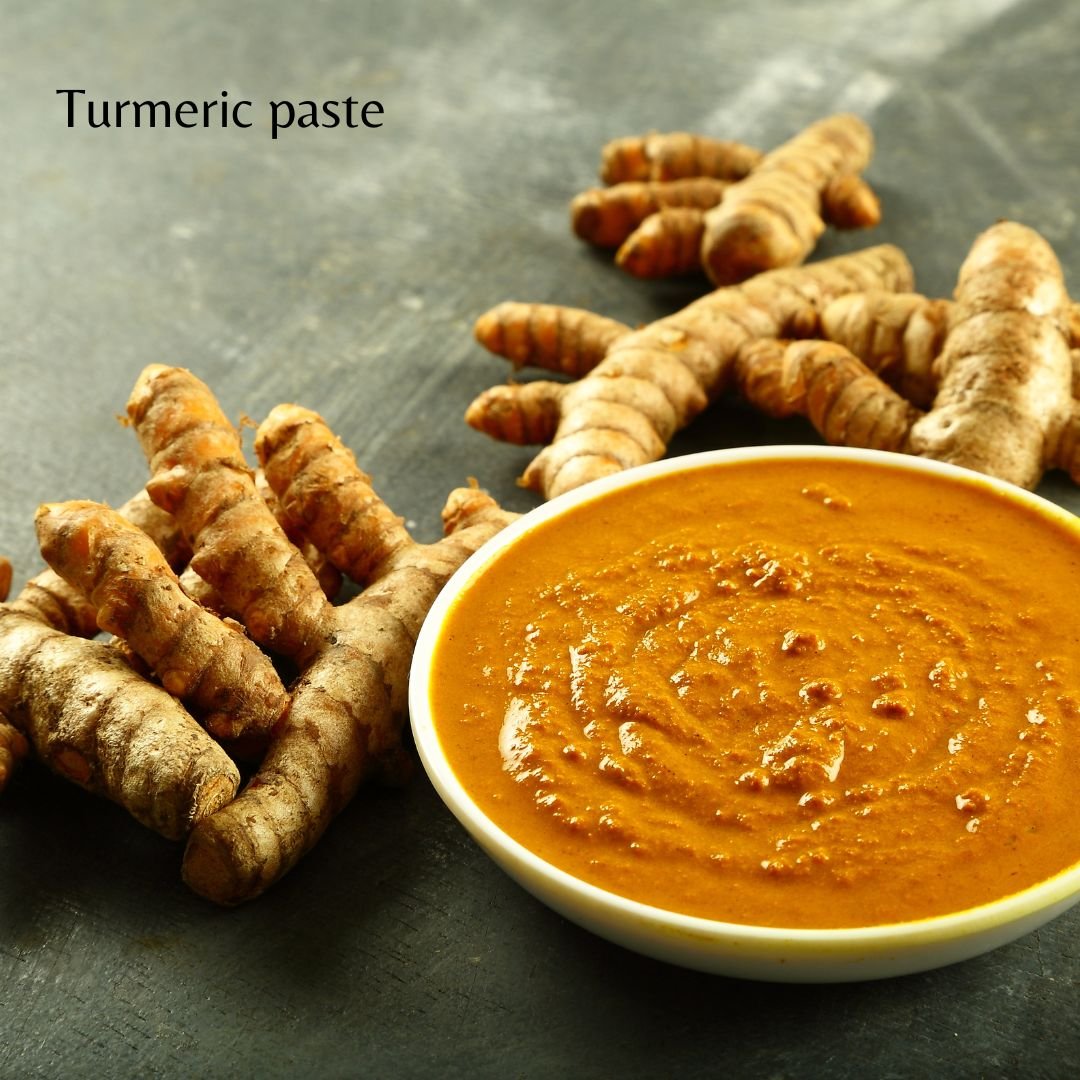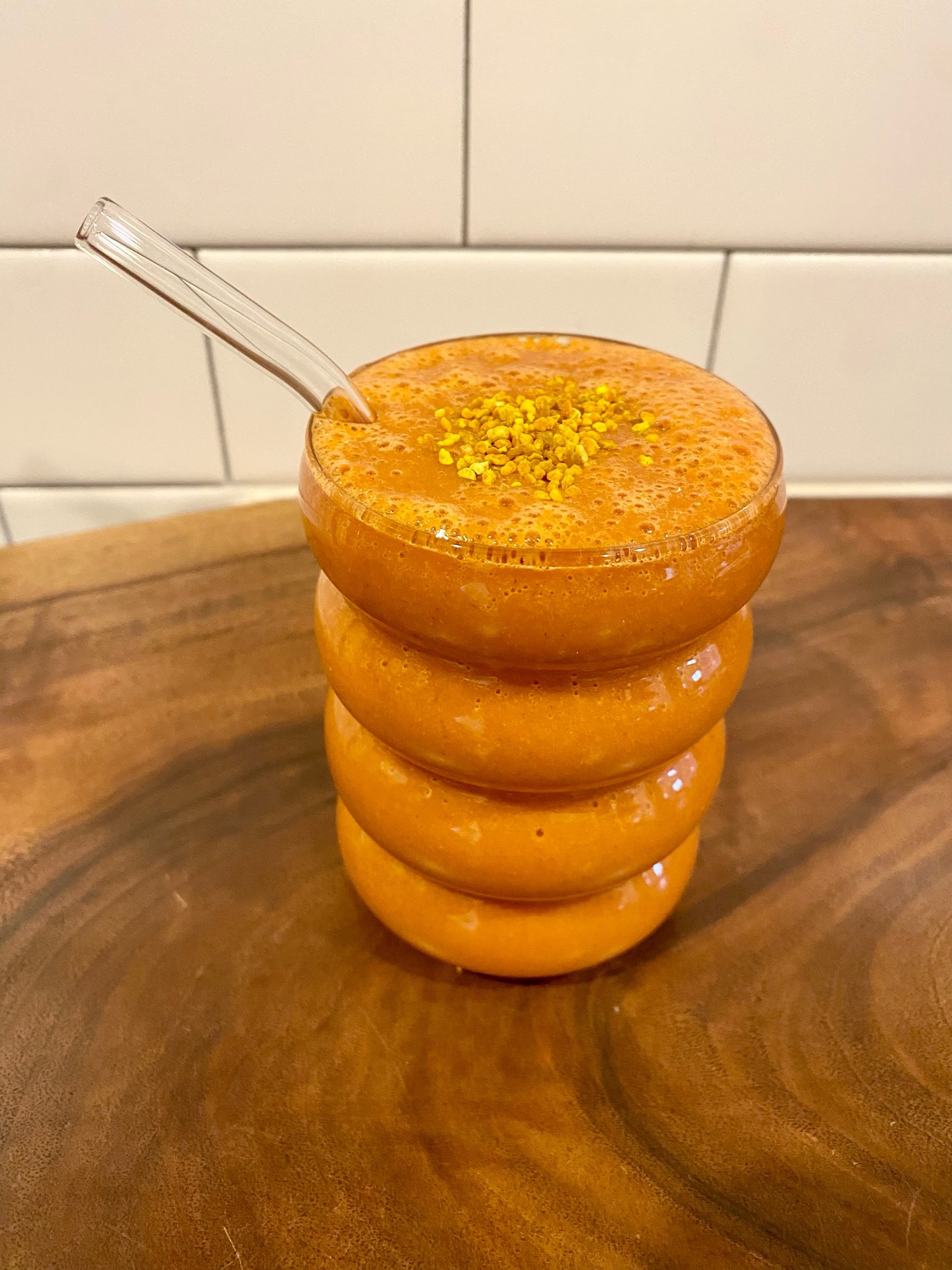Castor Oil Packs–Benefits and How To Make a Castor Oil Pack
Castor Oil is the oil derived from the castor seed, Ricinus communis. It has many therapeutic properties but is mainly known for its anti-inflammatory actions. This article dives into its many beneficial properties and effective, easy ways to use it.
Castor oil has been treasured for thousands of years, dating all the way back to ancient Egypt, thanks to its wide range of healing benefits. This natural oil is incredibly versatile—supporting not only healthy hair and glowing skin but also aiding deeper functions like digestion and reproductive health. One of its star components, ricinoleic acid, gives castor oil powerful anti-inflammatory and pain-relieving properties. What makes it especially effective is its ability to boost lymphatic circulation and support the liver’s natural detox process. You can use castor oil over broad areas of the body, like the abdomen, or apply it more specifically to places like the liver or uterus for targeted support.
Benefits Of Castor Oil
Castor oil is well-loved for its wide range of healing benefits. It’s naturally anti-inflammatory, antibacterial, and antifungal—making it a go-to remedy for all sorts of everyday issues. Its anti-inflammatory powers can help soothe swollen joints and calm irritated skin, while its antibacterial and antifungal properties make it great for tackling infections. People often use castor oil topically to ease joint pain, support skin health, and even fight off bacterial or fungal flare-ups. It's a simple yet powerful addition to any natural wellness routine.
Supports Detoxification
Castor oil stimulates lymphatic flow and enhances liver function, promoting the efficient removal of toxins from the body and supporting overall detoxification and wellness. Castor oil supports liver and gallbladder health by promoting detoxification, aiding in the elimination of toxins, and potentially preventing the formation of gallstones.
Improved Menstrual Health
Castor oil, when applied in a pack on the lower abdomen, may help alleviate menstrual issues by potentially reducing cramps, promoting relaxation, and supporting overall menstrual well-being. It can help bring balance to states of PCOS, painful menstruation, uterine fibroids, and shrinking ovarian cysts.
Decreased Joint Pain; May Help Inflamed and Painful Joints.
Castor oil may contribute to decreased joint pain by potentially alleviating inflammation and providing relief to those experiencing discomfort in their joints. It can help increase circulation to areas of the body experiencing pain and decrease inflammation associated with muscle soreness and joint pain. It has also been seen to break up adhesions and scar tissue post-surgery.
Supports Digestive Health
When applied over the abdomen, castor oil may aid in improved digestive health by potentially reducing inflammation, promoting bowel regularity, and supporting overall gastrointestinal well-being. Placing castor oil on the stomach has been seen to relax the digestive system, help reduce bloating, and decrease constipation, as well as overall GI inflammatory complaints.
Supports Skin and Hair Health
Castor oil may support skin health by potentially helping with acne, cysts, and other skin conditions. Its antimicrobial and anti-inflammatory properties could contribute to clearer skin and the alleviation of certain skin issues such as eczema and psoriasis, when applied topically. It can help to decrease the appearance of scars and stretch marks and can calm sunburns and rashes. Topical application has been shown to improve hair health.
Improved Immune System
Castor oil is believed to support the immune system by promoting detoxification and reducing inflammation in the body. Its ricinoleic acid content may contribute to enhanced immune function, offering potential benefits for overall health. It has been seen to make beneficial improvements in numerous autoimmune and inflammatory conditions such as Hashimotos, dysbiosis, rheumatoid arthritis and more.
Creating a Castor Oil Pack
Making and using castor oil packs is a popular practice in natural medicine and is widely embraced in many holistic healing traditions. A castor oil pack is a cloth soaked in castor oil and placed on the skin to support healing, reduce inflammation, and promote detoxification.
Castor oil packs allow for the oil to penetrate the skin deeper due to longer exposure, and a larger area of the body to be treated. Although crafting castor oil packs may initially seem a bit messy or high maintenance, the potential benefits make it worthwhile. The process involves soaking the fabric in castor oil, facilitating prolonged skin contact and maximum absorption into the underlying tissues. Employing a heating pack enhances absorption and encourages deeper penetration of the oil. It's crucial to choose a high-quality hexane-free castor oil for optimal results.
Ideally, you will able to relax with the castor oil pack on the skin for 30-60 minutes each session. Each castor oil pack can be reused for up to about 30 times, or a 2-month duration before the flannel and oil should be renewed. Often the best results are seen with repeated use. When castor oil is placed over the upper right quadrant of the body, the area of the liver, it can help to promote detoxification and liver function. When castor oil is used on the lower abdomen it can facilitate healthy bowel movements or decrease menstrual cramps. It can even be used to help decrease inflammation or pain associated with muscle strains or arthritis.
How to Make a Castor Oil Pack
Supplies needed
Organic Castor Oil
Organic, undyed wool or cotton flannel material.
Another large piece of cotton material.
Sealable container with a lid.
Heating pad (optional but amazing)
Old towel
Castor oil packs are also available for purchase to make this routine a bit more streamlined. (My favorite packs are made from Queen of the Thrones)
How to Use a Castor Oil Pack
Making the castor oil pack is the most time-consuming part of this therapeutic application, but once you walk through these steps, you will realize that it’s not hard and will become easier once you have gathered all the supplies and know what you are doing. Have a few extra towels around, as castor oil is sticky and it does stain!
Start by cutting a large piece of the cotton flannel or wool fabric. You want to make sure it is large enough to fold about three times, to make a nice thick cushion. A piece of fabric around 10’x15” should leave you ample room for folding. This size is variable depending on where the body is placed. You can also cut the fabric into three strips, soaking one at a time, and then place them on top of each other to create the “pack”.
Place the folded fabric into a large container, such as a Tupperware or quart-sized mason jar. If you want to soak the fabric with castor oil, it needs less than you think. start with about 1/4 cup and wait a few minutes for the fabric to soak up the oil. you can shake, toss, or mix to allow the fabric to get fully coated. This can be done a day in advance. This container will also be where you will store the fabric between uses.
Remove the castor oil-soaked fabric from the container and place it on the desired area of your body that needs extra attention.
Place the extra piece of fabric or an old towel on top of the castor oil-soaked fabric. Then place a heating pad on top of this for maximum benefits. Allow yourself to rest for 30-60 minutes with the pack on the body.
When you are finished remove the pack and place it back into the container in which you originally soaked the fabric with oil. This is best if stored in the fridge. You can wash the remaining oil from the skin with a warm washcloth and soap.
You can always purchase a pre-made kit, to avoid these steps, from a reputable company.
How Often Can You Use a Castor Oil Pack?
To be honest, any application of castor oil packs will be beneficial, but consistent and consecutive use will provide the best results. For optimal results, try to apply the castor oil for at least 3-5 consecutive days per week, over a month. Ideally, you will able to relax with the castor oil pack on the skin for 30-60 minutes each session. Some people like to sleep with the castor oil pack applied overnight for ease of use and time. Castor oil does stain, so do take this into account, as per your pjs and bedding.
I think being flexible with your approach is a good idea at first, and since this technique seems to have a cumulative impact, try to increase the frequency when you are just starting out dealing with a condition. As you begin to reap the benefits from the castor oil, then you can space out the application to around once a week or every other week for maintenance. But being flexible and giving yourself grace is of utmost importance here, so if you only get to it once or twice at first, it’s better than nothing!
The castor oil packs can be reused multiple times, and they tend to have a lifespan of up to 2-3 months. Simply add more oil as necessary to maintain saturation.
Where To Use a Castor Oil Pack?
Over the abdomen for GI complaints
Over the liver and gallbladder to help with detoxification
Over painful joints to help decrease pain and inflammation
Topically as a hair mask
As a skin serum
Caution and Contraindications
While castor oil is generally considered safe for topical use and has many potential benefits, there are some cautions and contraindications to be aware such as skin sensitivity. Some individuals may be sensitive or allergic to castor oil. It is advisable to do a test strip on a small patch of skin before applying a castor pack for an extended period to make sure the skin doesn’t react negatively.
Castor oil should not be used when pregnant.
For internal use—please consult a doctor.
Do not use it on open wounds.
This is not medical advice and you should consult your healthcare practitioner whenever adding a new routine in your life, especially if it is something you read about on the internet.
References
Journal of Medicinal Plants Research Vol. 4(2), pp. 082-086, 18 January, 2010
https://www.sciencedirect.com/science/article/pii/B9780128185537000346
https://www.tandfonline.com/doi/abs/10.1111/cxo.13148




















































The Stomach Bug can be quick and dirty. Here are some natural options to help soothe.